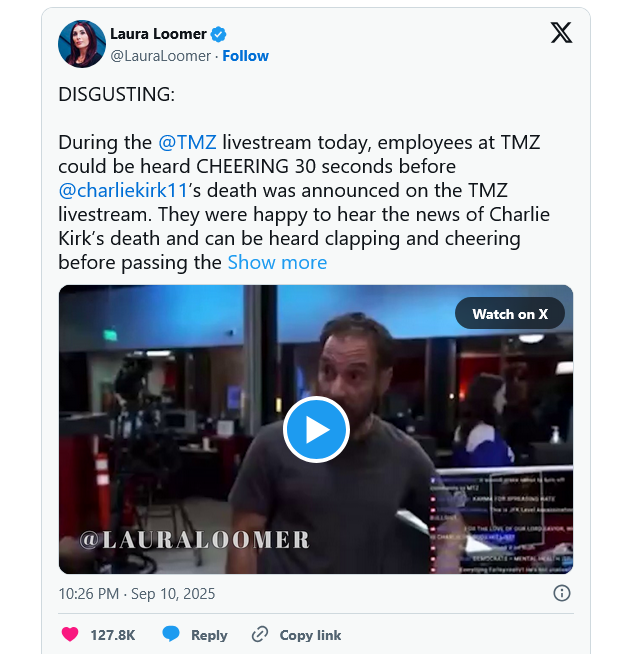An Amazonian tribe, the Marubo, has filed a defamation lawsuit against the New York Times (NYT), claiming that a recent article misled the media and public regarding their community's relationship with internet access, resulting in their youth being unfairly characterized as porn addicts. The lawsuit accuses the NYT of suggesting that the tribe is "unable to handle basic exposure to the internet." It also names TMZ and Yahoo for sensationalizing the report, which has caused further damage to the tribe's reputation.
The Marubo, consisting of around 2,000 members, is seeking $180 million in damages. The original NYT report, published nine months after the Marubo started using SpaceX’s Starlink satellite service, discussed issues like teenagers being enthralled by mobile phones and potential exposures to explicit content. A community leader criticized the internet's effects, noting concerns about rising sexual behaviors among young men.
In the wake of the NYT article, a barrage of misleading headlines surfaced worldwide, including TMZ's, which directly referenced the tribe's supposed addiction to porn. This sensationalism prompted the NYT to issue a follow-up article clarifying that it did not state the tribe was addicted to explicit material.
The lawsuit claims that the initial report led to a “global media storm,” resulting in humiliation and potential jeopardization of the tribe's safety. The plaintiffs, community leader Enoque Marubo and activist Flora Dutra, asserted that their efforts to provide the community with technology were misrepresented, fostering stigma and misunderstanding.
A spokesperson for the NYT has expressed their intent to contest the lawsuit, defending the initial article as a thoughtful examination of the potential benefits and challenges of introducing new technology to an Indigenous community. This legal battle highlights the delicate balance between reporting on technological advancements in remote communities and the potential repercussions on their social fabric.



















